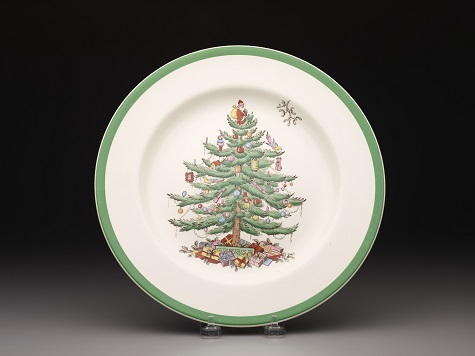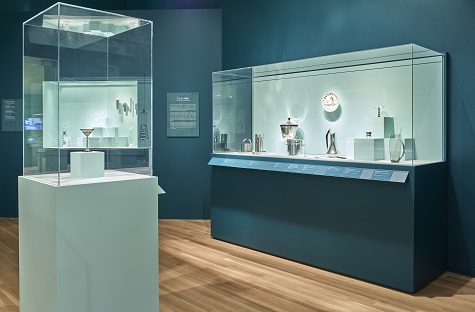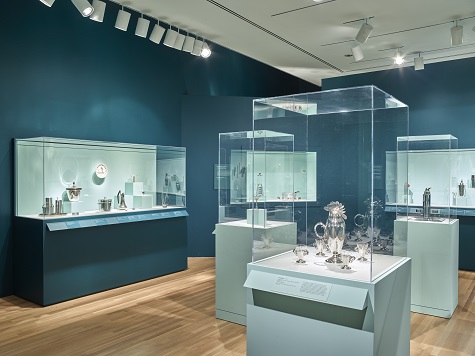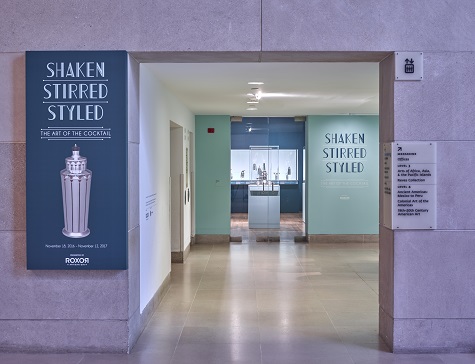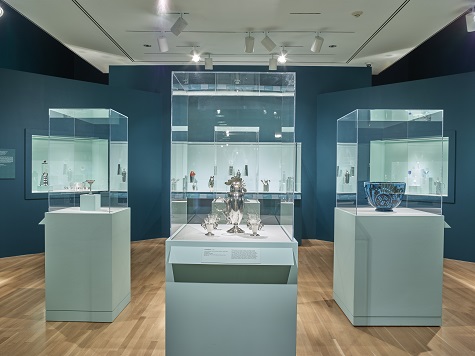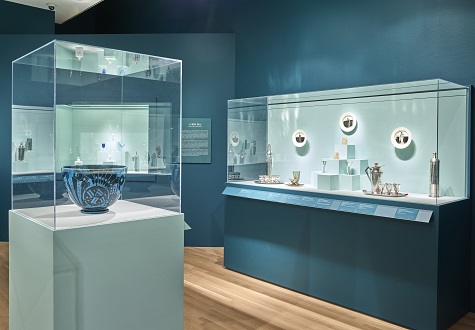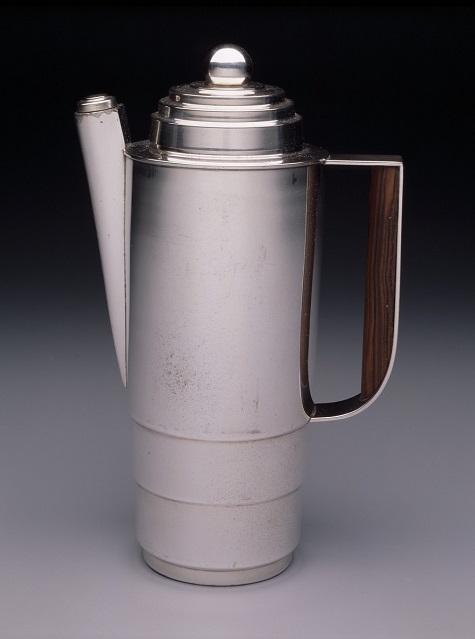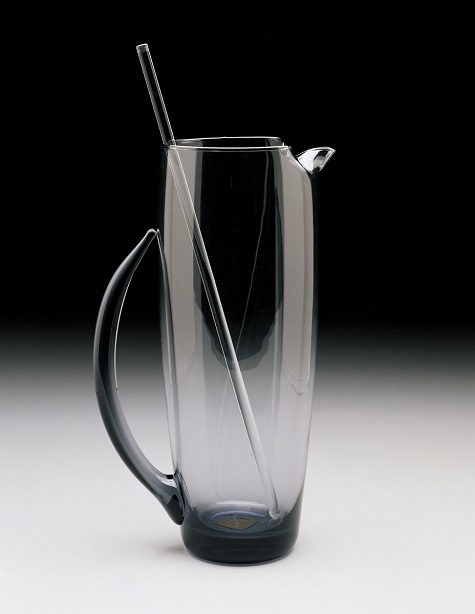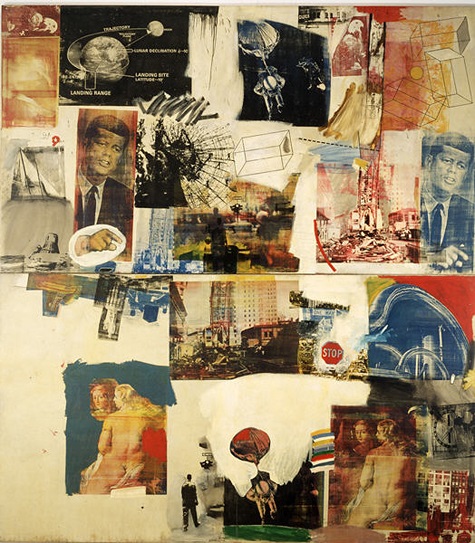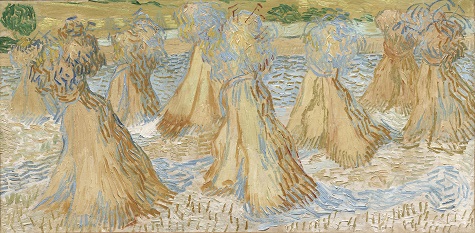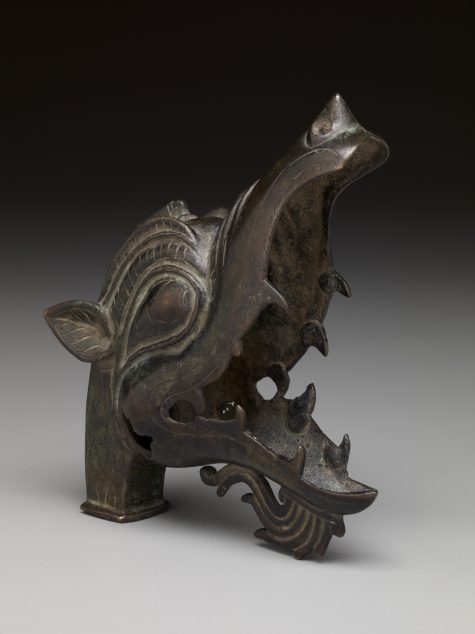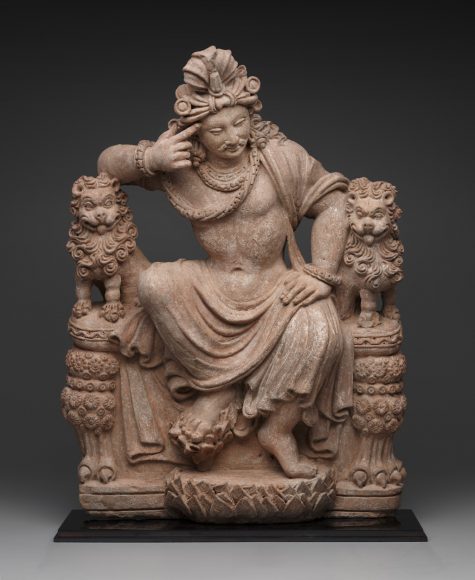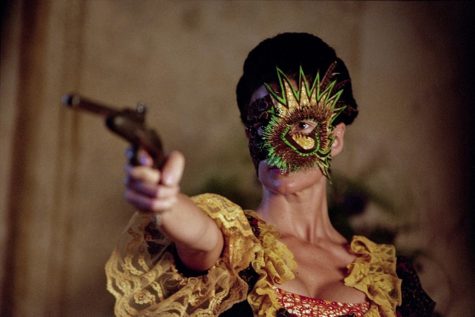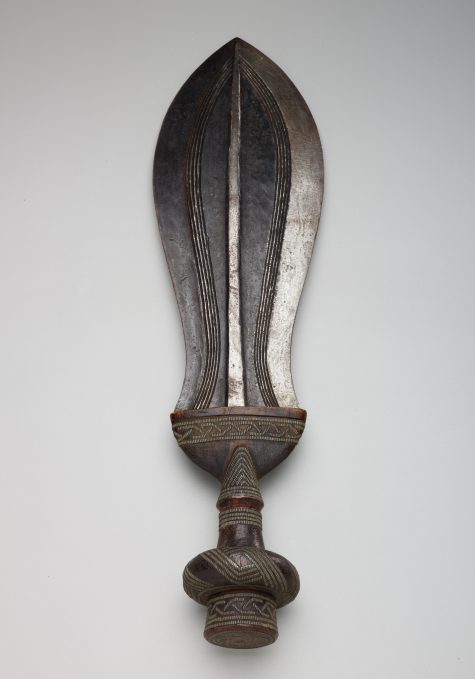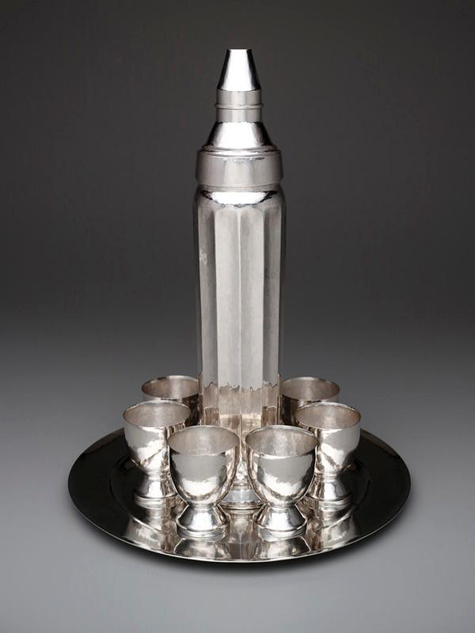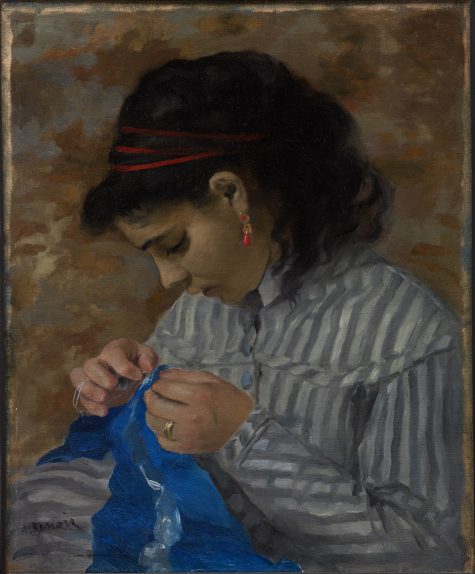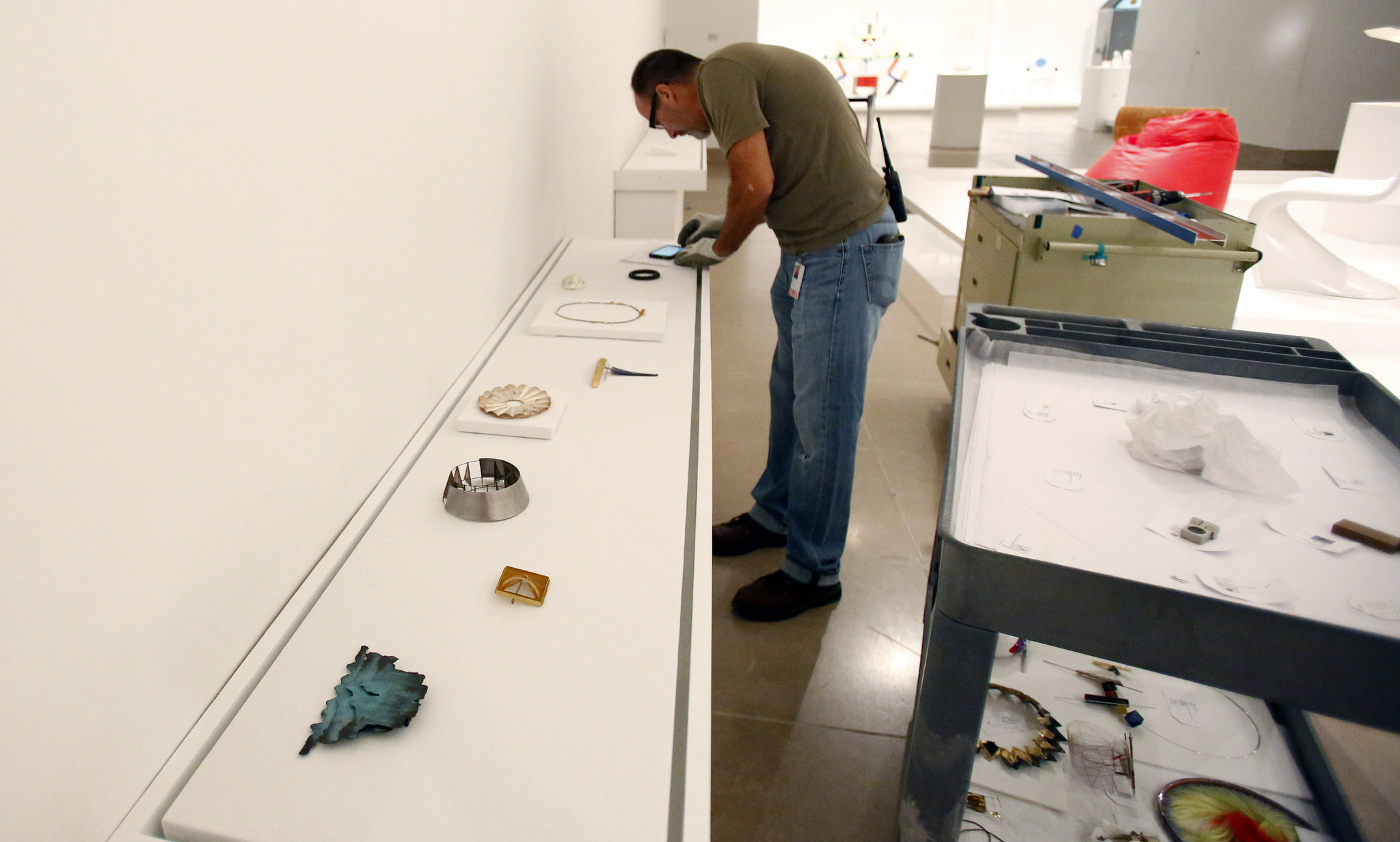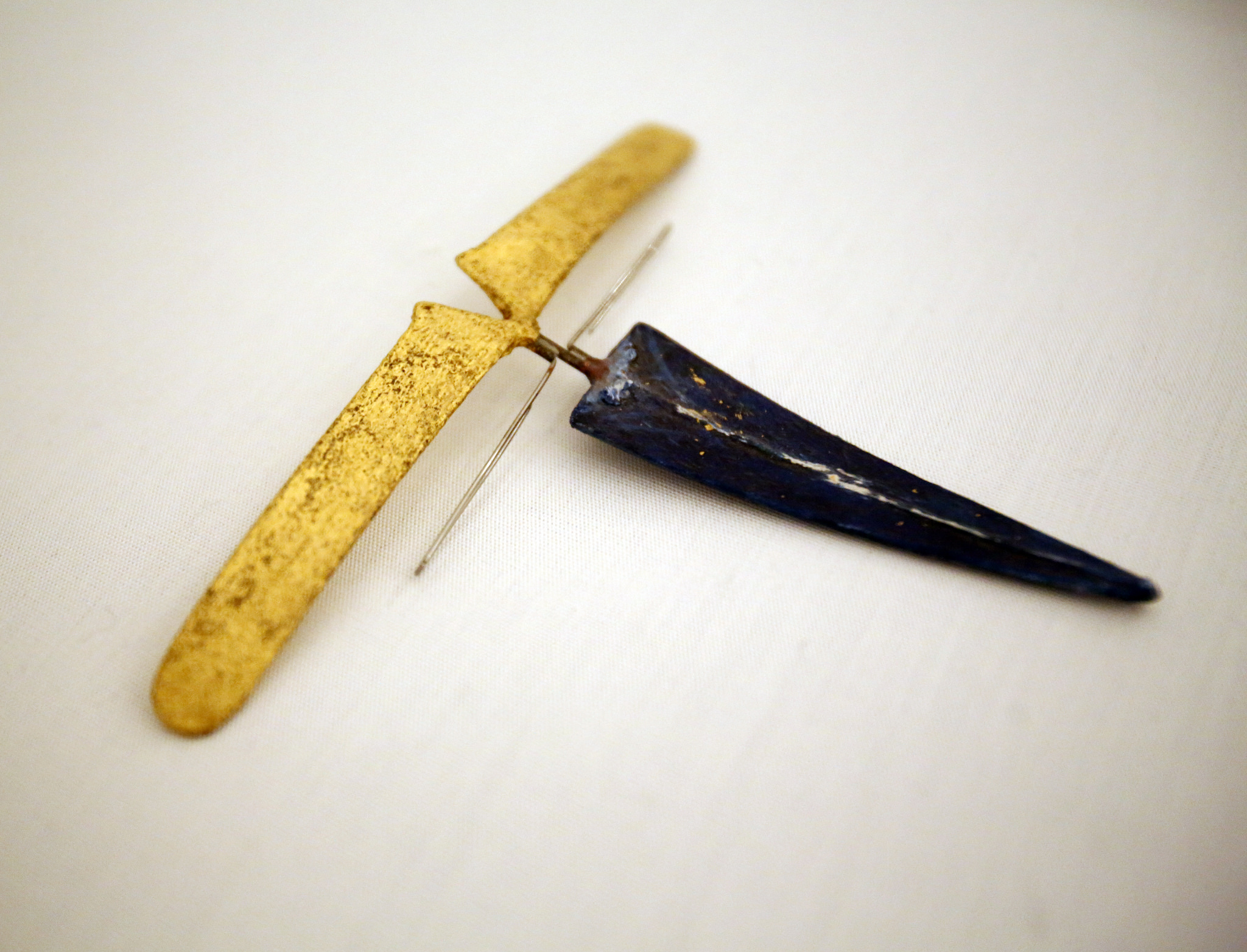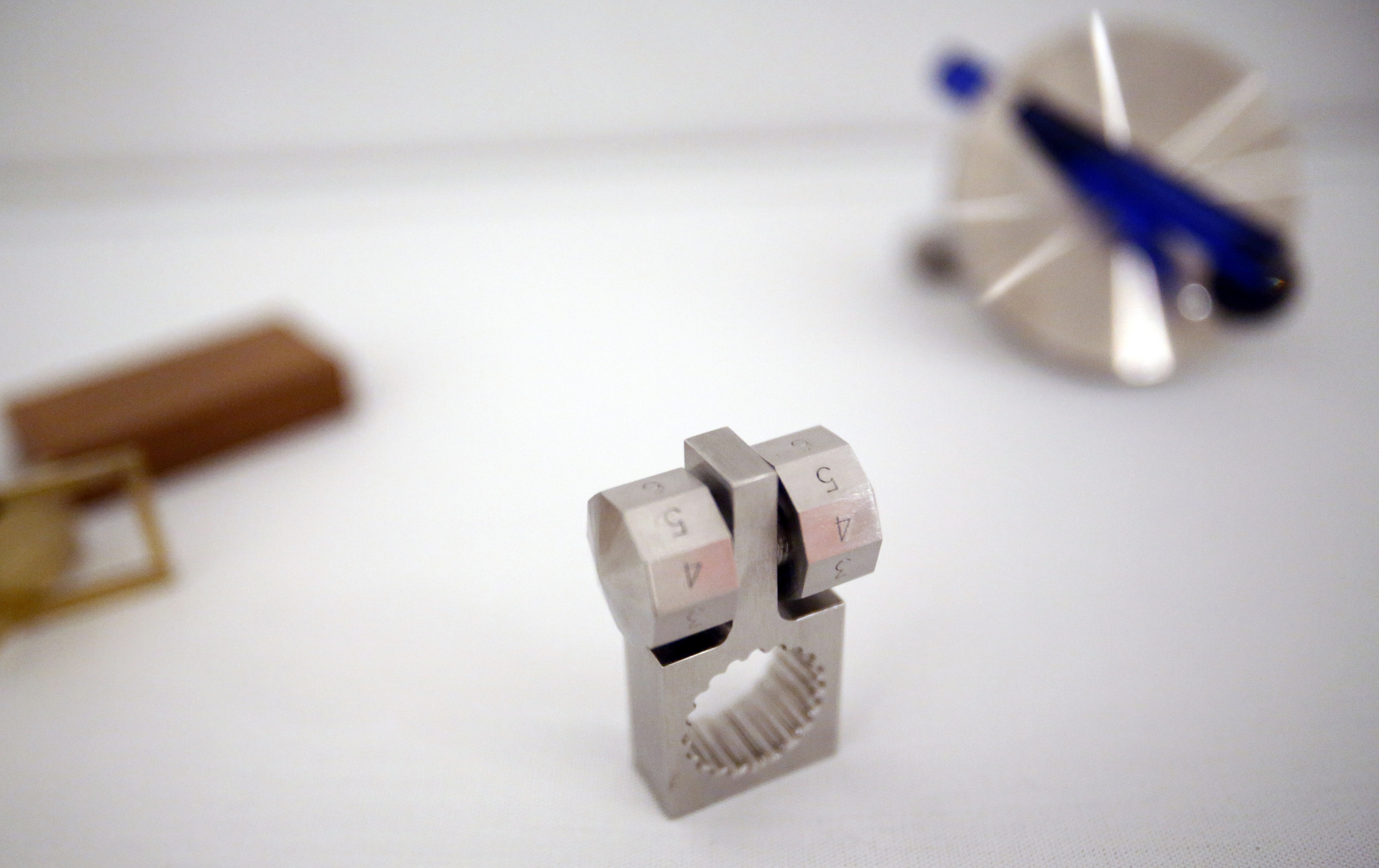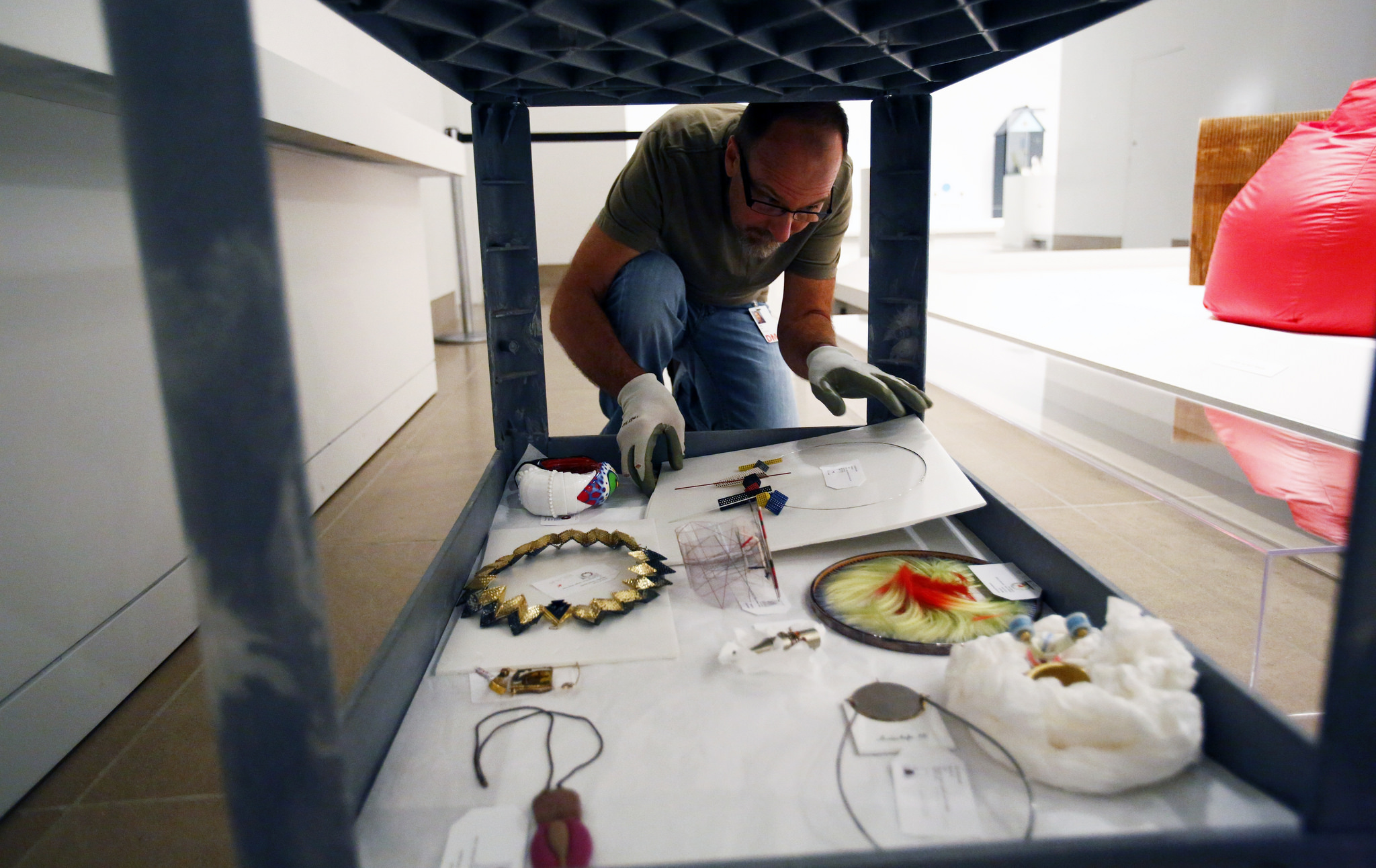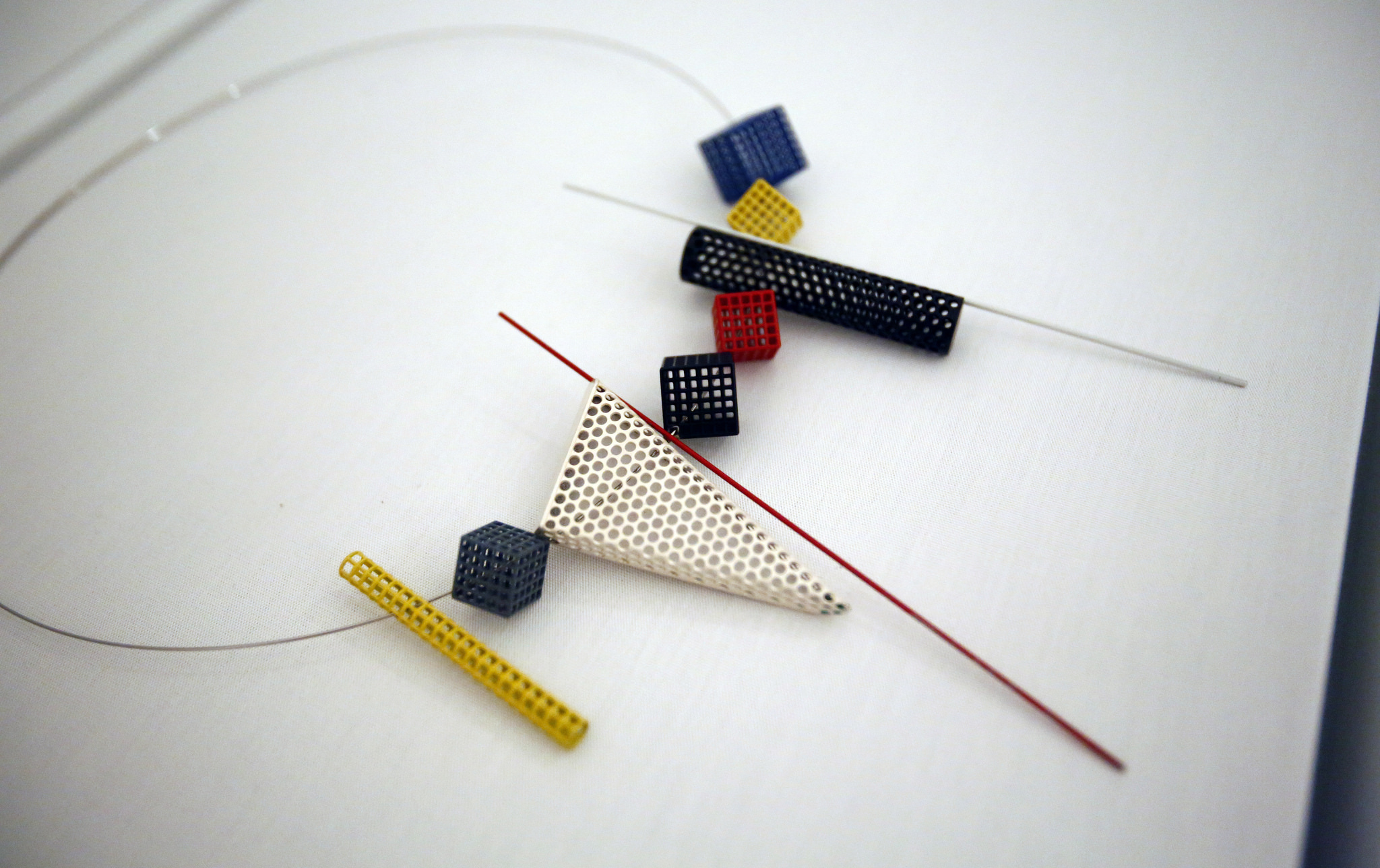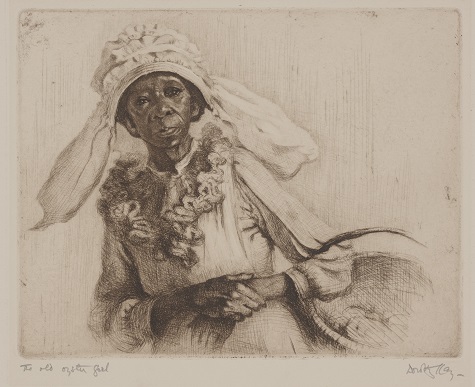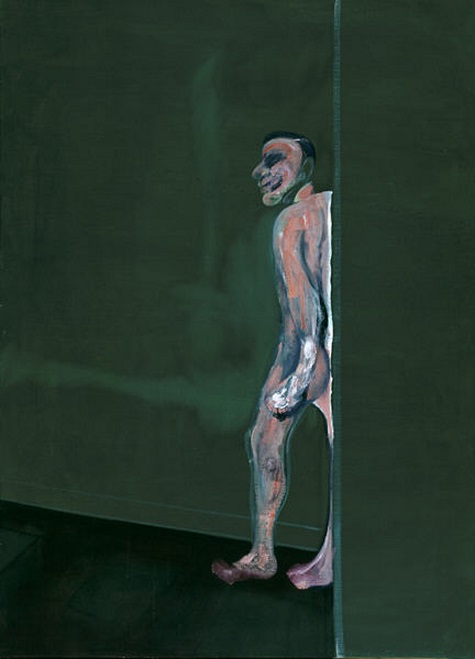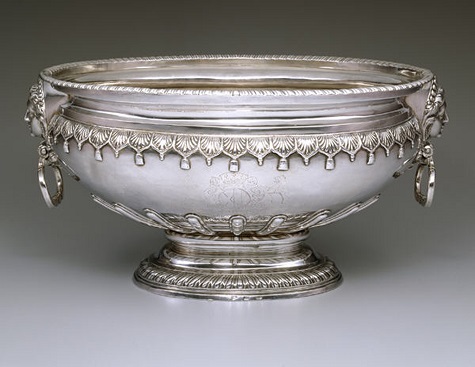Ahead of Chris Schanck’s first major museum presentation, Curbed Vanity: A Contemporary Foil by Chris Schanck, we asked the artist a few questions about his formative years in Dallas, his artistic practice, and what he hopes visitors will reflect on when experiencing the exhibition. Read what he had to say and see Curbed Vanity, on view February 7 through August 29, 2021.
How was your high school experience at Booker T. formative for you as an artist?
“Good morning and welcome to Booker T. Washington High School for the Performing and Visual Arts, the most unique school in Dallas”—that’s how our principal, Dr. Watkins, addressed the student body over the PA system every morning; I can still hear the optimism in his voice. For a student like me, who often managed to find trouble, I am thankful for the patience and persistence that Dr. Watkins gave me—each day was a new day, a new chance. He gave me enough room to be creative and make mistakes, but he also helped me stay on the path.
Booker T. was the most critical educational experience of my life. My teachers offered me a sanctuary of stability and mentorship. Nancy Miller, Patsy Eldridge, Polly Disky, George Mosely, Charlotte Chambliss, Lolly Thompkins, Josephine Jones, and Sylvia Lincoln together gave me a strong fine arts foundation.
My painting teacher, George Moseley, changed my life forever. Mr. Moseley is a great artist, an inspiring educator, and a trusted mentor. I, along with many of my peers, idealized him for the leadership he showed us in our youth. I know without a doubt that my life and career are forever indebted to him and those handful of teachers who helped me find the confidence to believe in myself.
What does having this show at the Dallas Museum of Art mean to you?
My high school was just down the street from the DMA and I visited countless times in those impressionable years. The Museum always had the familiar feeling of visiting a friend’s home; I felt welcomed and I knew my way around. At the same time, the DMA was my temple. It didn’t matter who I was in the Museum—everyone is equal before art.
The Museum was my gateway to art history. In one afternoon, I could visit with Aztec gods, Jackson Pollock, and Frida Kahlo—and I could start to see the connections and conversations between them all. I didn’t have a lot growing up, but the Museum and my high school gave me exactly what I needed. They showed me from a young age that art gives everything else meaning.
I’m grateful for the support of the Museum and the friends of the Museum. The DMA’s collection is the closest collection to my heart and to be a part of it is the greatest honor.
How does the transformation process of found objects into furniture inspire your artistic practice?
The found objects I work with have very disparate characteristics and I don’t have one specific method for grouping them. For each piece of work, I first build a simple structure and use that as an armature to explore the relationships between the objects and the material. The process of transforming the objects into form is driven by intuition and practical constraints. Many times, I’m following a hunch that two distinct things belong together, while other times I’m exploring rigid dimensional constraints between manufactured generic objects whose original intent is a mystery.
It feels like a collaborative effort between myself and the material—I have a notion of where to begin but the objects bring the project into focus.

What was your first encounter with the DMA’s Martelé dressing table like?
Like encountering the sword Excalibur; its presence is magical in form and reflectivity—it’s a formidable piece of work to talk to.
What experience do you want visitors to take away from Curbed Vanity?
I’d like them to know that I find my corner of the world inspiring and beautiful in it’s everyday characteristics. I hope the work inspires viewers to enjoy the subtle and unconventional beauty in their own communities.











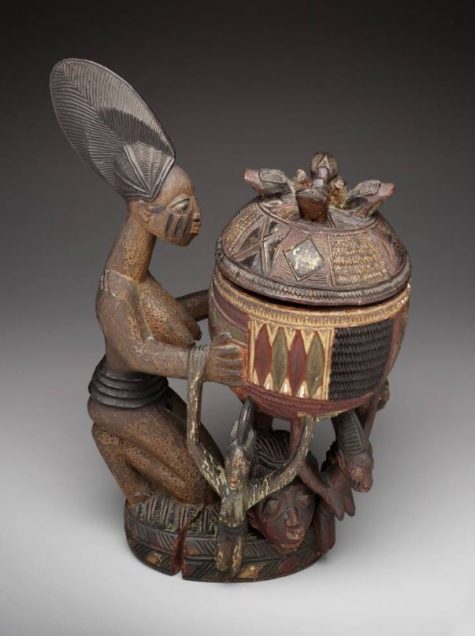
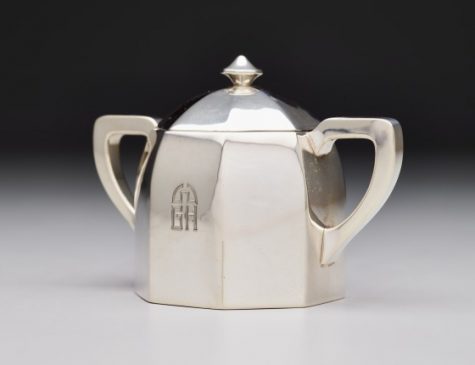
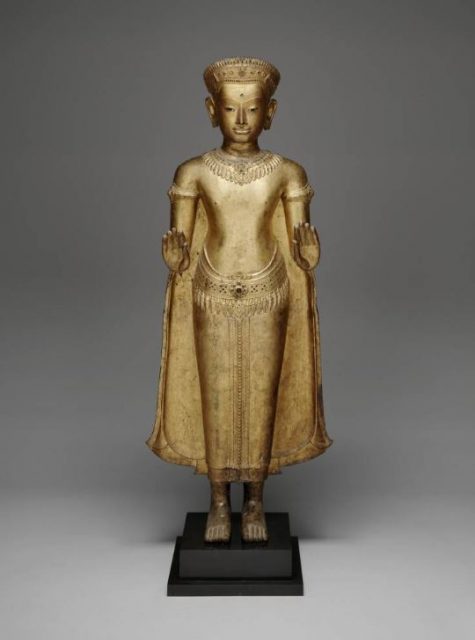
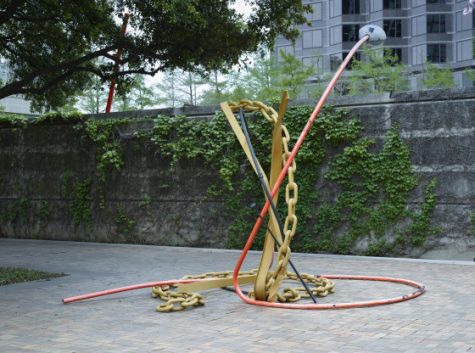
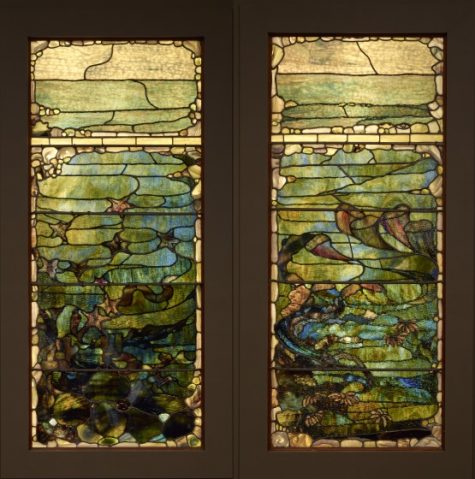
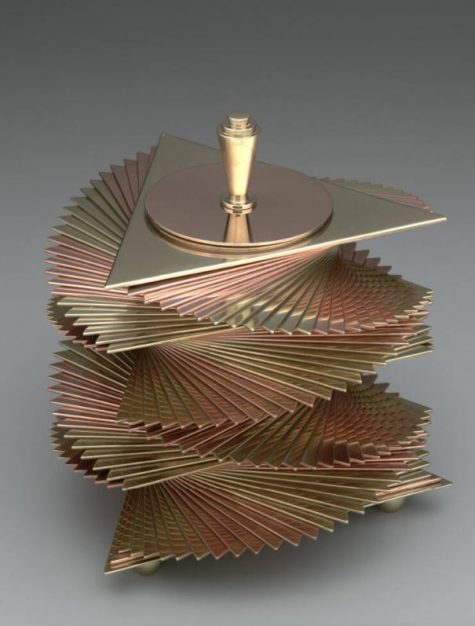
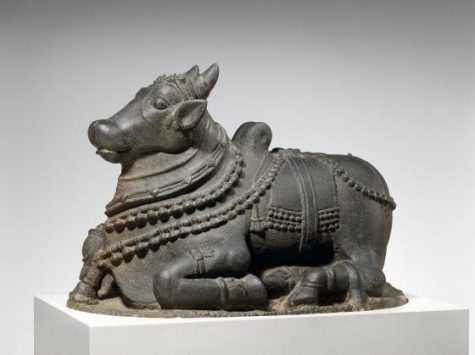
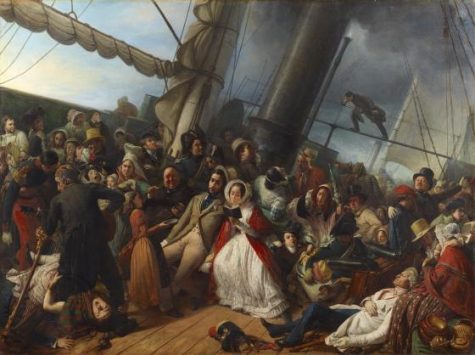
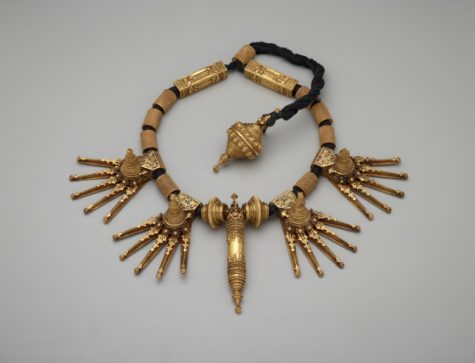
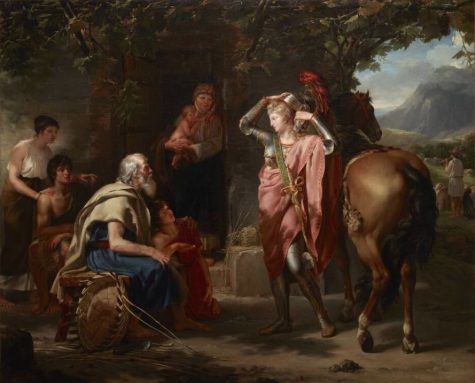
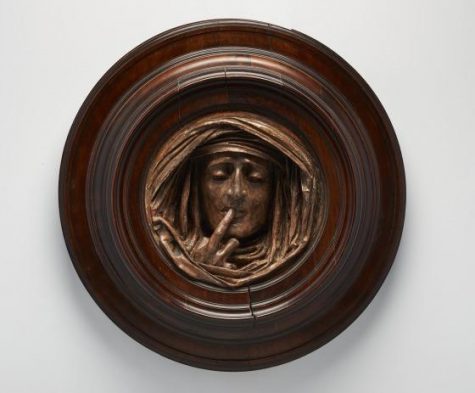
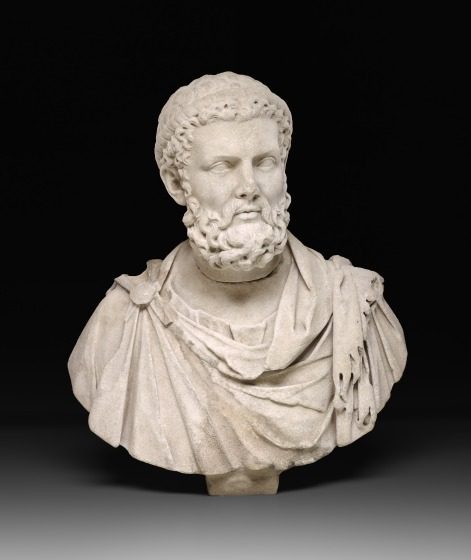
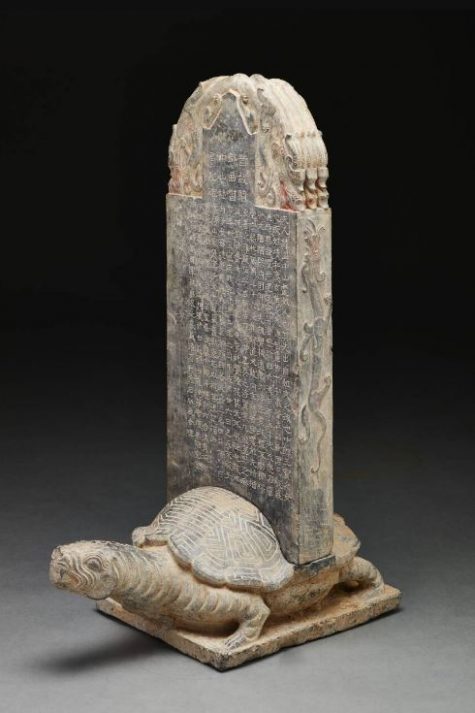
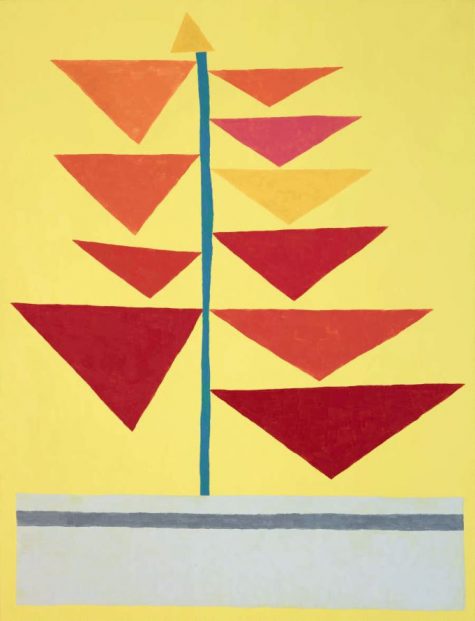

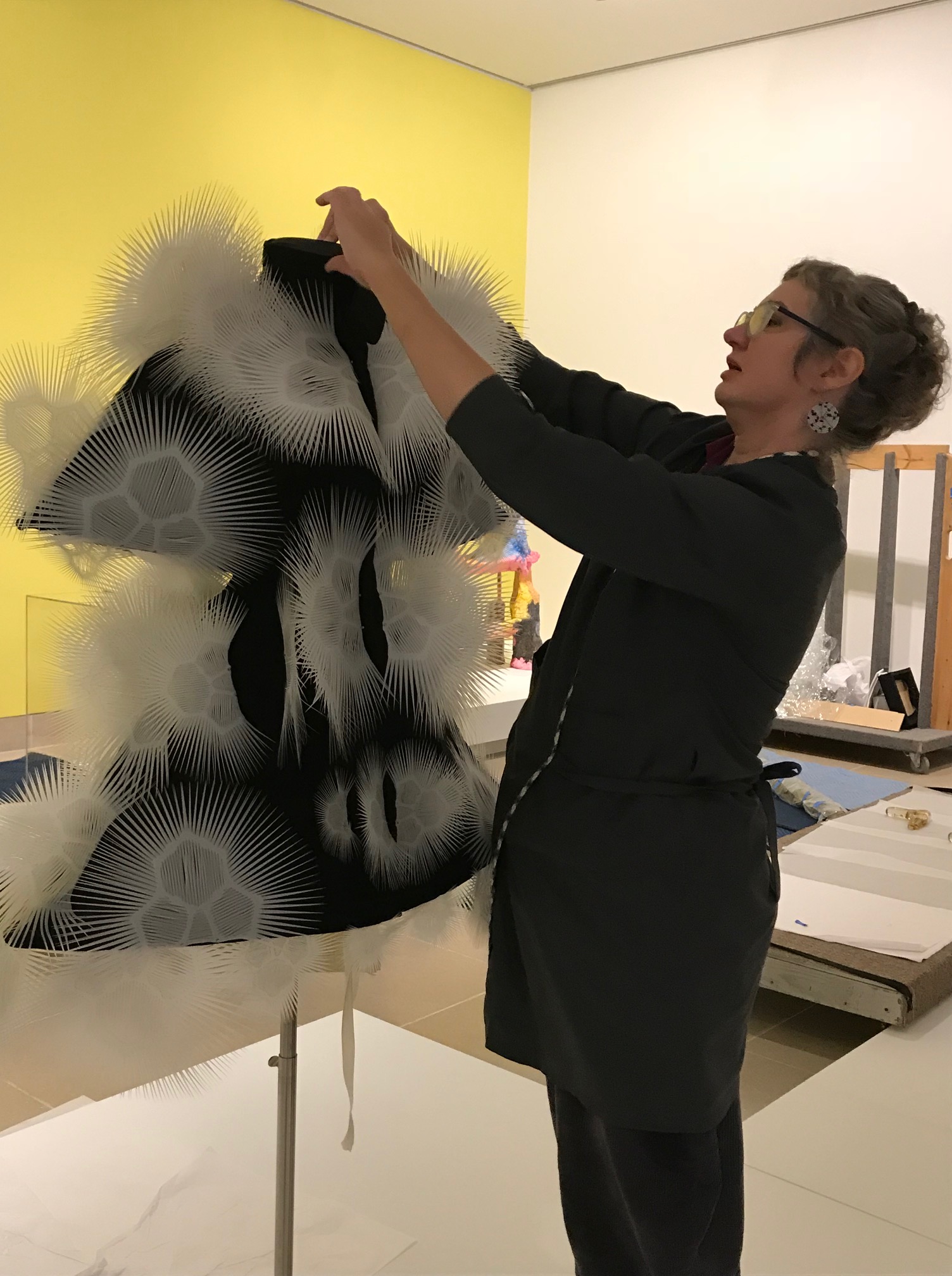 Objects Conservator Fran Baas adjusts the laser-cut polyester lace on Iris van Herpen’s Voltage Dress.
Objects Conservator Fran Baas adjusts the laser-cut polyester lace on Iris van Herpen’s Voltage Dress. A team of preparators works on lowering the two pieces of Najla El Zein’s Seduction onto the platform. Each piece of the sculpture weighs approximately 1,500 pounds and needs to be moved with a gantry crane. The lower stone was placed first, and then the upper stone had to be carefully lowered onto it.
A team of preparators works on lowering the two pieces of Najla El Zein’s Seduction onto the platform. Each piece of the sculpture weighs approximately 1,500 pounds and needs to be moved with a gantry crane. The lower stone was placed first, and then the upper stone had to be carefully lowered onto it. Fran Baas, Lance Lander, and Mike Hill review the instructions for assembling Faye Toogood’s Tools for Life Mobile 2. Because the components of the mobile are heavy, the team had to know exactly what to do to minimize unnecessary handling.
Fran Baas, Lance Lander, and Mike Hill review the instructions for assembling Faye Toogood’s Tools for Life Mobile 2. Because the components of the mobile are heavy, the team had to know exactly what to do to minimize unnecessary handling.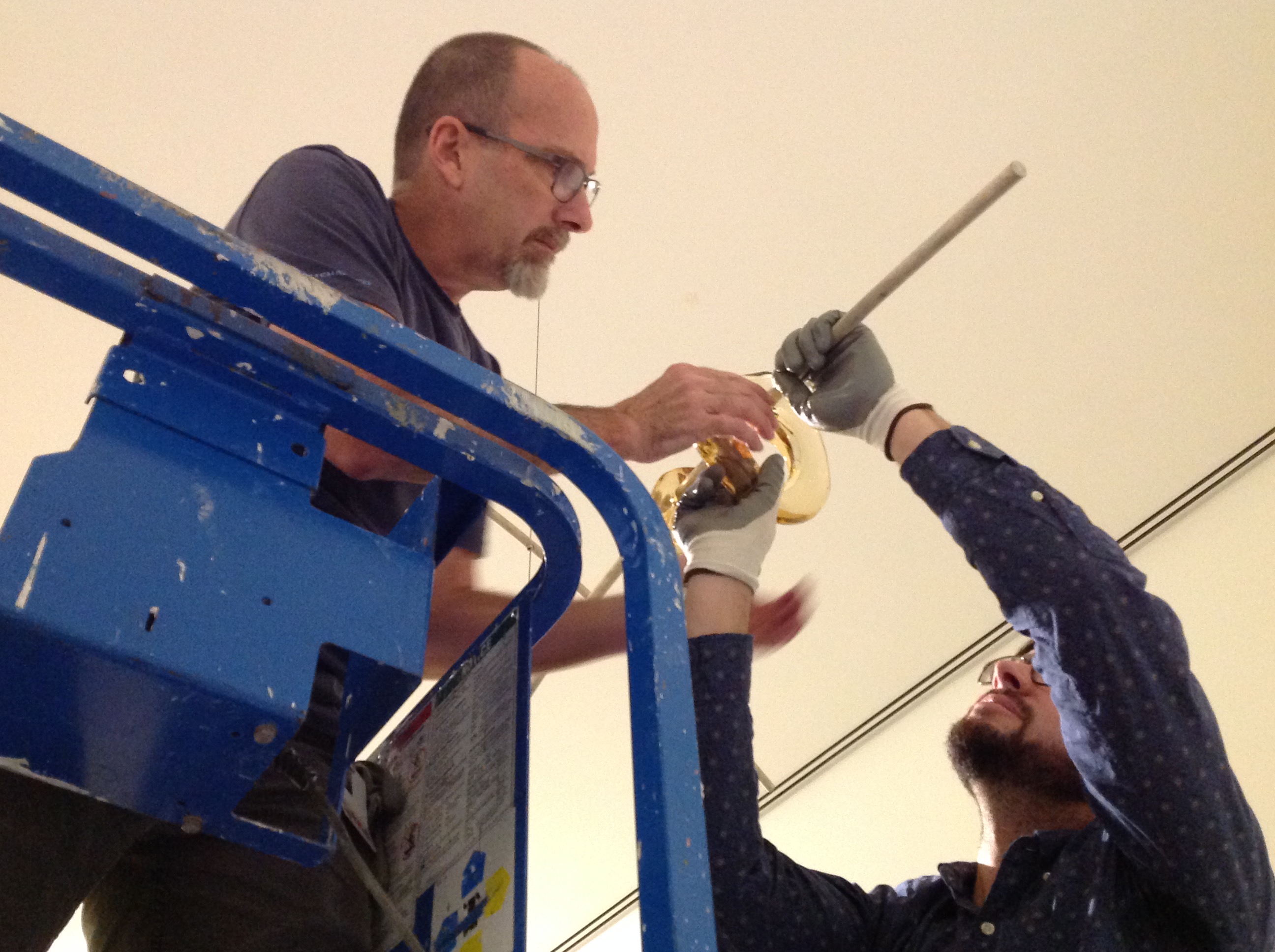 Mike Hill and John Lendvay work to assemble Tools for Life Mobile 2 as it hangs from the ceiling.
Mike Hill and John Lendvay work to assemble Tools for Life Mobile 2 as it hangs from the ceiling. Doug Velek takes measurements for the two pieces of jewelry by Katie Collins. Prior to installing the work, the preparators made the wedges and lifts used to display the jewelry in the exhibition. After confirming that the necklaces were centered on the wedge, preparators used pins to secure them in place.
Doug Velek takes measurements for the two pieces of jewelry by Katie Collins. Prior to installing the work, the preparators made the wedges and lifts used to display the jewelry in the exhibition. After confirming that the necklaces were centered on the wedge, preparators used pins to secure them in place.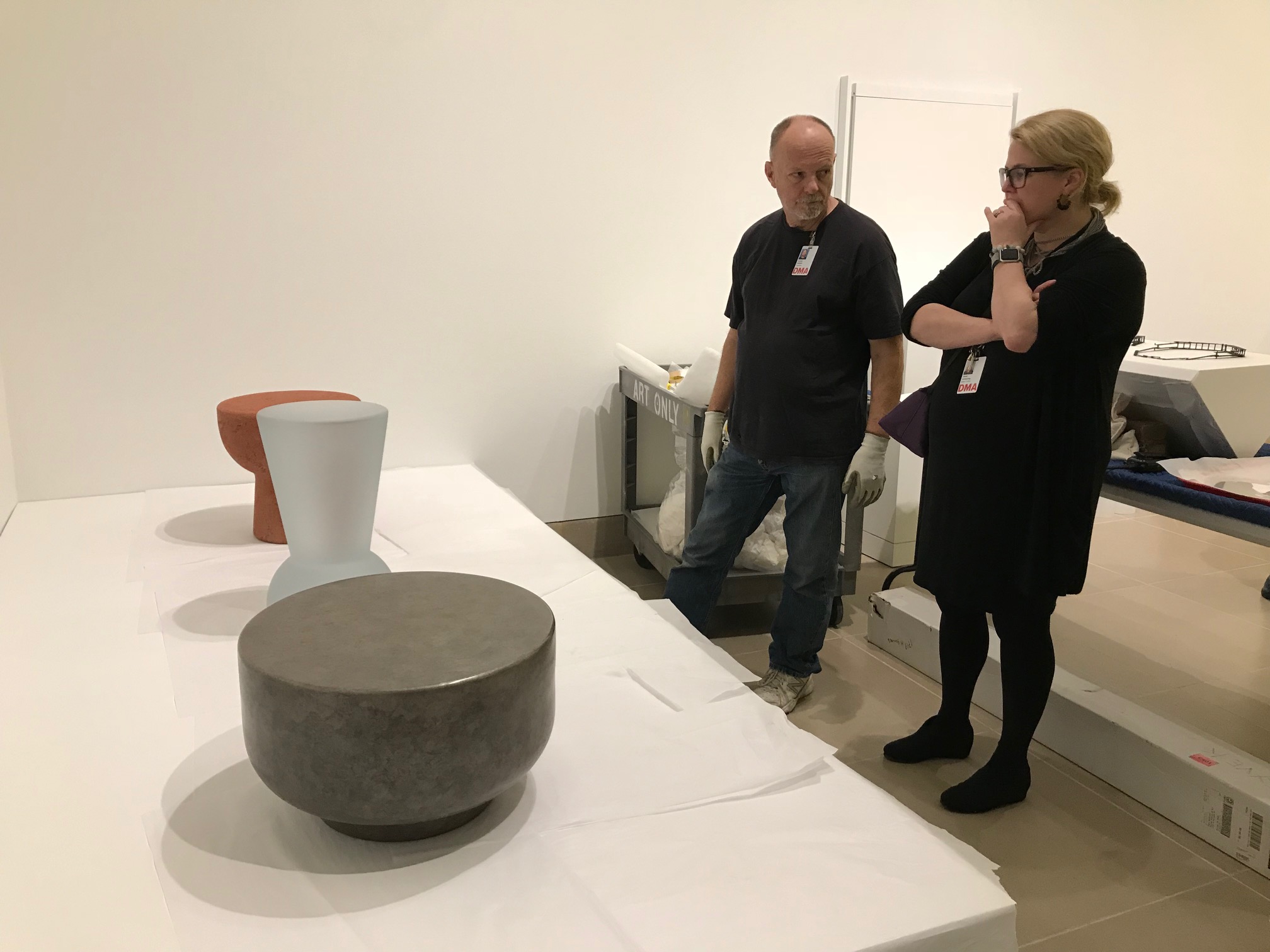 Curator Sarah Schleuning and preparator Russell Sublette discuss the placement of the three stools by Faye Toogood.
Curator Sarah Schleuning and preparator Russell Sublette discuss the placement of the three stools by Faye Toogood.